June marks an important month here in Toronto and around the world, it’s PRIDE month. An annual celebration where people unite to celebrate the diversity of the LGBTQI+ community.
As a global photography community, we understand the importance of supporting content and awareness around inclusive representation in media. We strongly believe that representation in commercial photography is a necessary component to not only drive impactful change, but to lend an inspiring voice for those seeking to identify with something more. Building upon the 2019 ‘Breaking the Mold’ Collection, UK photographer Ciaran Frame finds responsibility in privilege and recognition that visuals can be more impactful with a voice behind them.
Social media has become the “gateway” into the mainstream. With every double tap, swipe, comment, and follow, the subliminal messaging presented as “reality” becomes more prevalent. We live through snippets on influencer accounts—the expectation of “daily life” has become an idealized version of authenticity—leading many of us to consider the ongoing debate around the importance of “truth” within photography, let alone advertising.
This has begun to generate a shift in consumerism, encouraging both brands and consumers to gravitate toward honesty in advertising—reflecting wholesome and diverse stories with realistic representation. According to Getty Images Visual GPS Market Research: “inclusion for many is deeply personal. 57% of consumers surveyed said they have been affected by bias in their everyday lives.” Many of whom have felt the impact of discrimination through body image, lifestyle choices, gender, religion, or race. Furthermore, Google’s 2019 study on inclusive ads found that 64% of people took some sort of action after seeing an ad that they considered to be diverse or inclusive.
UK photographer Ciaran Frame has utilized his photography practice to raise awareness around Acts of Queer of Resistance: not only capturing the many faces of the queer community, but providing a deeper truth for those who participate in the collective. The visual experience photography provides only begins to scratch the surface, it is the truth within the photo and the story behind the visual that people yearn to connect with, manifesting transparency and inclusivity in an authentic and relatable way:
“I wanted to begin to join the dots between unique experiences within the queer community [and] use my voice, share space, and give others a voice through my platform and privilege. Portrait photography [can] create a bridge of empathy. We may not walk in their shoes, but spending a moment with them, looking through a queer lens, we allow ourselves to resonate and/or inform ourselves of their experience. Now, more than ever, people that fall under this vast umbrella of queerness, need support. Support from those of us who are able to share whatever privilege we embody. Act of Queer Resistance is part of a wider discourse that aims to give us all an opportunity to take a moment, empathize, and celebrate, our varied experience.”
Ciaran has begun a movement toward the recognition of voice, and how powerful the experience of a subject can move and motivate people to connect deeply and impactfully with content.
Anton Johnson
“Having grown up in a place and time and environment that was hostile to us, and not having any support expected in formative years, increased the ‘stand alone’ presence that carried on through life. Years of LGBTQI+ activism saw us achieve legal rights but, as we see, not a shift in society’s thinking. The key is education and making alliances to work towards a time when everyone can be themselves within our society.”
Elander Moore
“Resistance is very much the appropriate word in my case. I spent most of my youth resisting who I was. I used to go to bed wishing so hard that I could be like everyone else, fantasizing about waking up in the morning and being ‘cured.’ Thankfully I’m so much happier in my skin these days, but I’m still unpacking what it means to be a young gay person of color in 2020. I think it’s something like this—being queer is like being a superhero, you have all these powers and strengths you don’t understand, and in the beginning it feels like a curse, but once you learn how to use them, and overcome all the demons, you realize it’s actually a precious gift given to you at birth. The ability to spread love, light, and laughter on even the darkest of days. I think the world needs a few more superheroes right now. So just be yourself. It’s the only person you’ll ever be.”
Mia King
“I will not allow the male gaze to steal intimate moments I share with other femmes. I will chew on it like bubblegum and then pop it. It can feel sticky and gross and hard to remove, but I won’t let it choke me”
Trenton Tomlinson
“I feel that there is a constant resistance against certain demographics in the world, which only further intensifies for those who fall into more than one oppressed intersection of society. We all know of groups today that dedicate their resources and time to demonstrate against the mere existence of certain groups (like protests and rallies against certain religions, sexual or gender identities, races, etc.).
A positive thing about this resistance is that it is definitely the incubator of culture regardless of what that culture is. There are such rich tapestries of Gay Culture, Black Culture, and Latin Culture for example that have been created off of the back of oppression. The whole idea that there has been a resistance or an opposition to your existence means that simply your existence as a queer person is a queer act of resistance and rebellion. Despite the negative parts of resistance, it can also be a spark towards affirming and finding yourself, which I’m still doing. Resistance can be seen as an incubator for change.”
Dastan Satoshi
“I am Trans. I think I’m quite stereotypically male. Being queer is the badge where east meets west. I have hips, tits, and ass. Instead of trying to be stereotypically male in my dress sense, as expected by society, I’d rather dress in a way that I feel comfortable in.”
Sukey Willis
“There is resistance within everyday life. When I first applied to drama school, I had long hair, wore makeup, and was trying to be something the industry expected. At that time I was coming to terms with my sexuality, and hadn’t quite grasped the exploration into my gender. Over the three years of applying, I became what some would say more ‘visibly queer’, but I would say I became visibly more myself. I decided I wasn’t going to change for this industry. This industry has to change for people like me”
Compton Quashie
“The legacy of Queer Black joy and resistance expressed through movement, music, and fashion, runs through my work and my existence. When I think about my relation to Queer Resistance, I know that my identity is unequivocally connected to my Black identity. People see me as Black before Queer, even if I am wearing a miniskirt and crop top. In my personal life I think the most powerful act of resistance is honestly just being myself and cultivating my own happiness in an often oppressive world.”
Ashton Attzs
“As someone who identifies as non-binary, I believe language is just a tool; it’s never really going to be able to fully define my existence, but it can help give some indication to who I am. Identity is something that is constantly in oscillation. One of my biggest acts of resistance is resisting what is expected of me even as a non-binary person. There can be an expectation of what non-binary should look like. We don’t need to dress a certain way to validate our identity. You can define your own existence.”
You can follow Ciaran Frame’s evolving journey on his social and 500px accounts: https://500px.com/ciaranframe, @ciaranframe_, @queerresistance_
Not on 500px yet? Sign up here to explore more impactful photography.

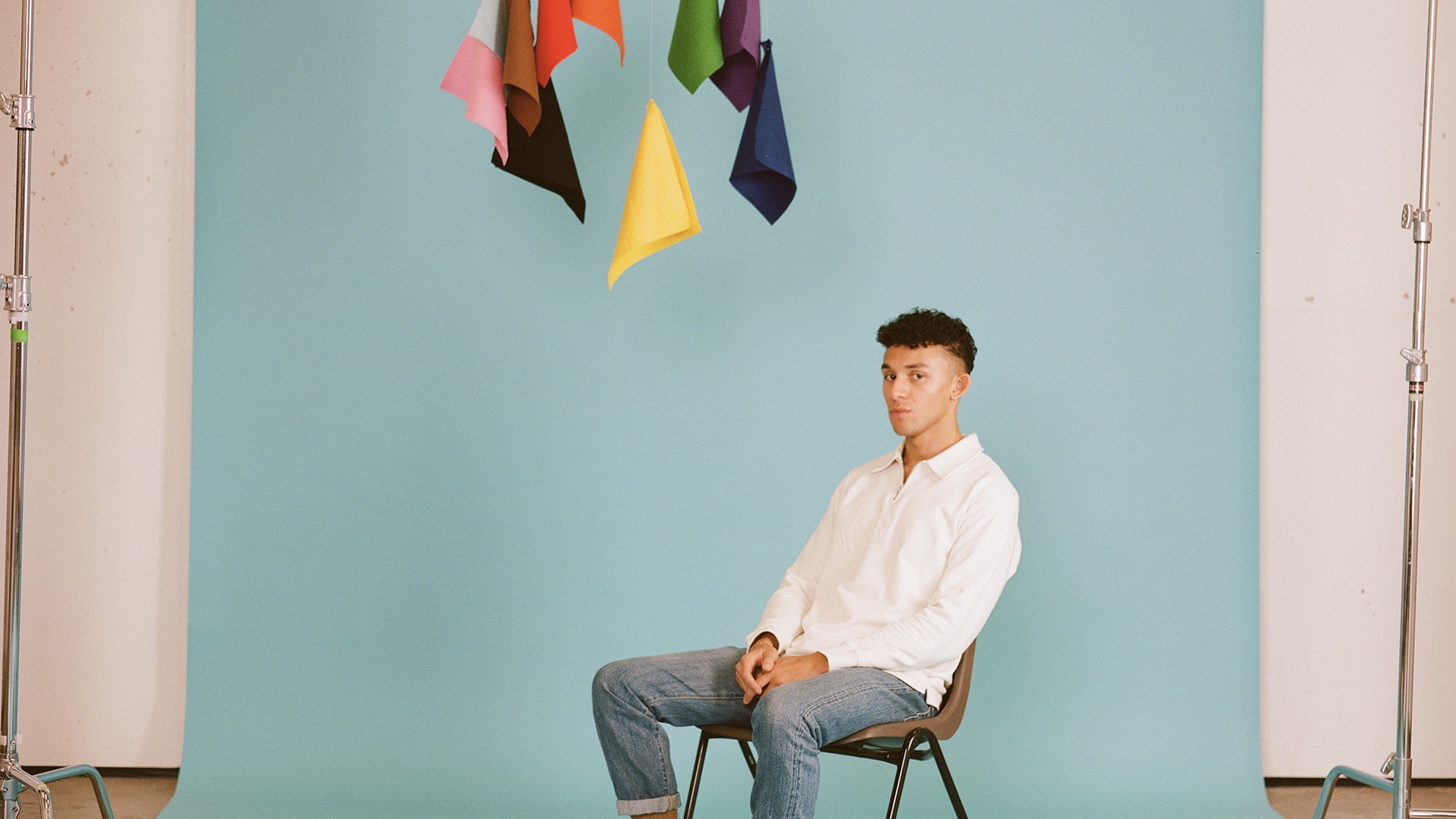
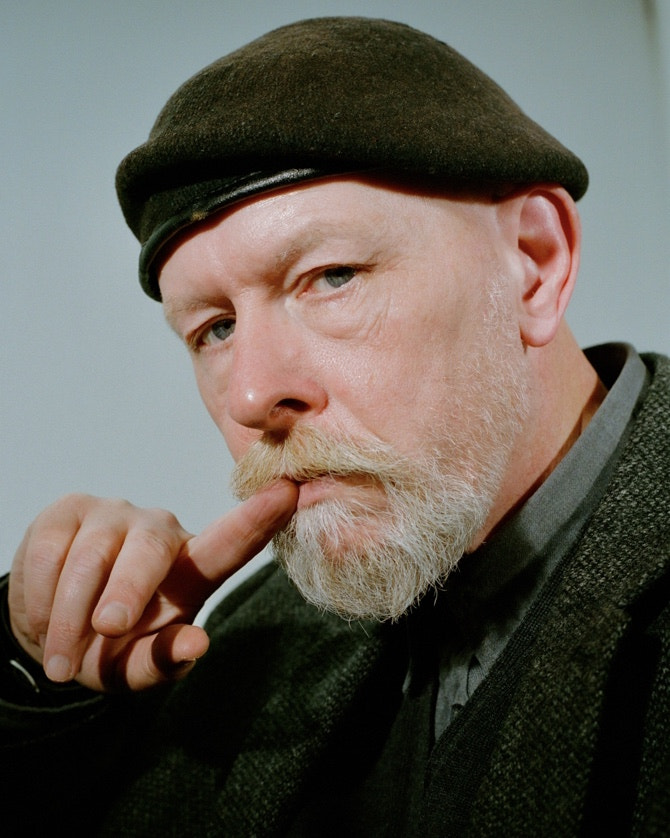
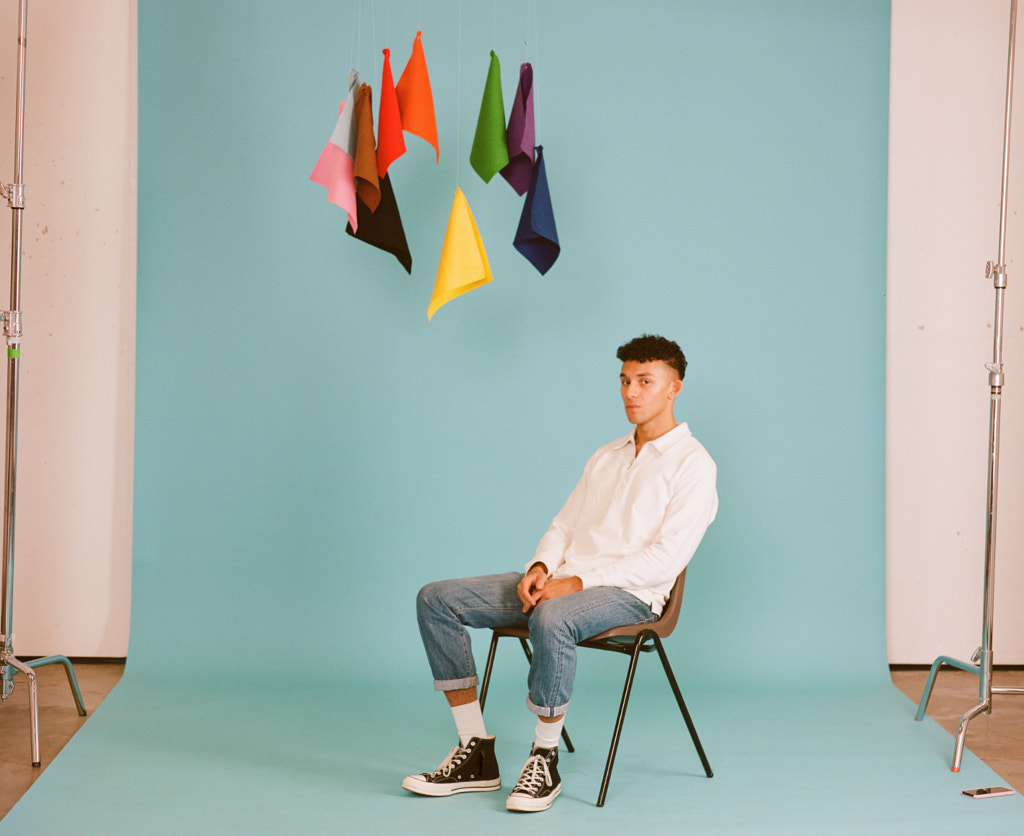

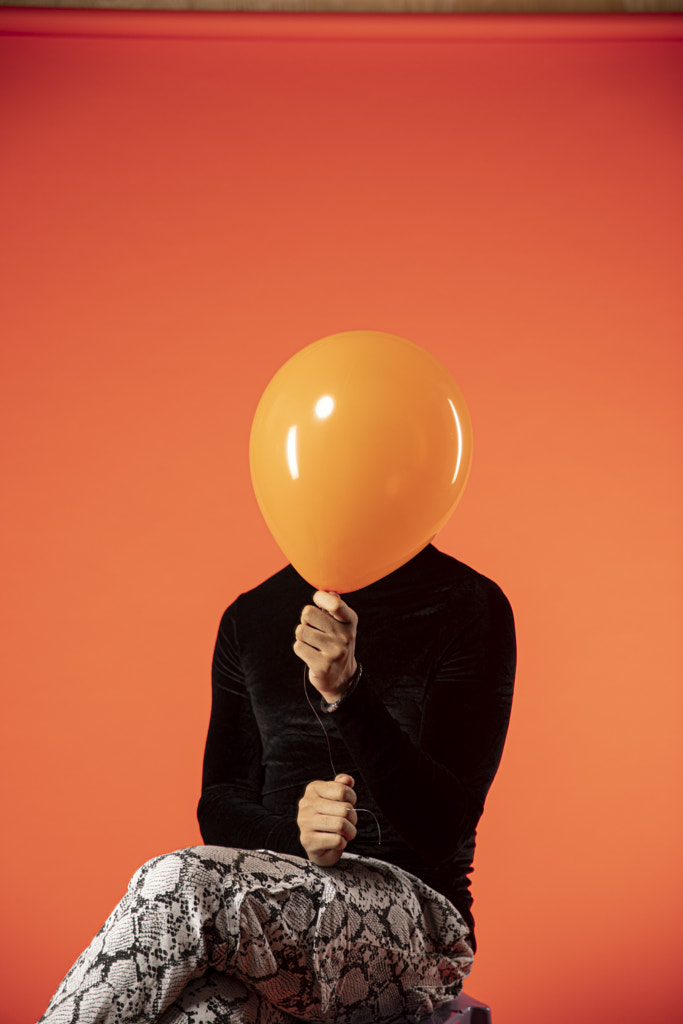
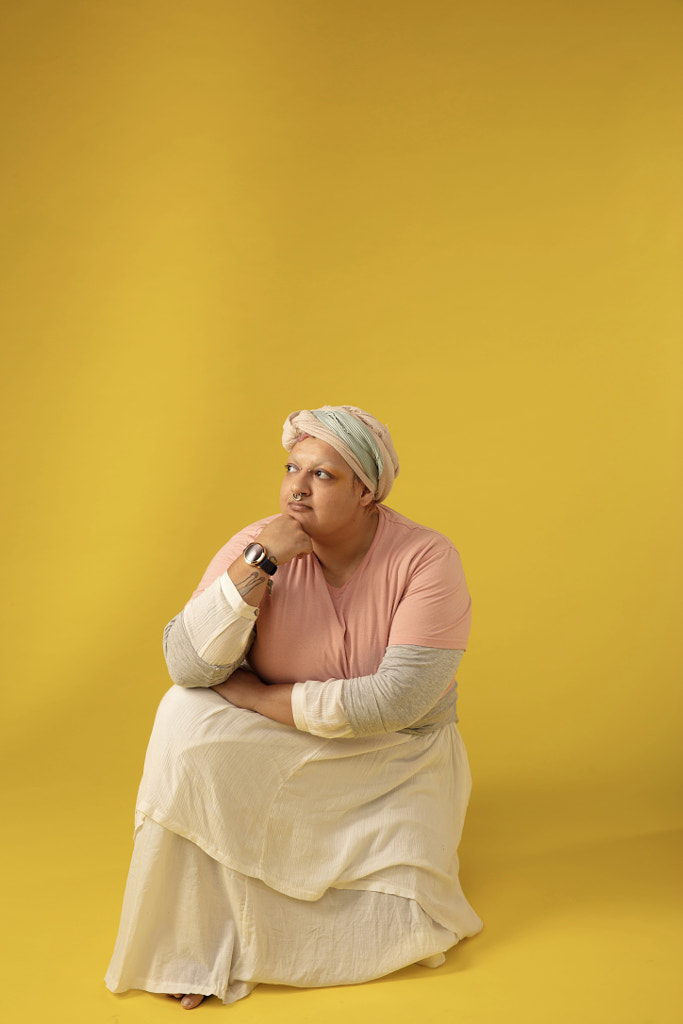

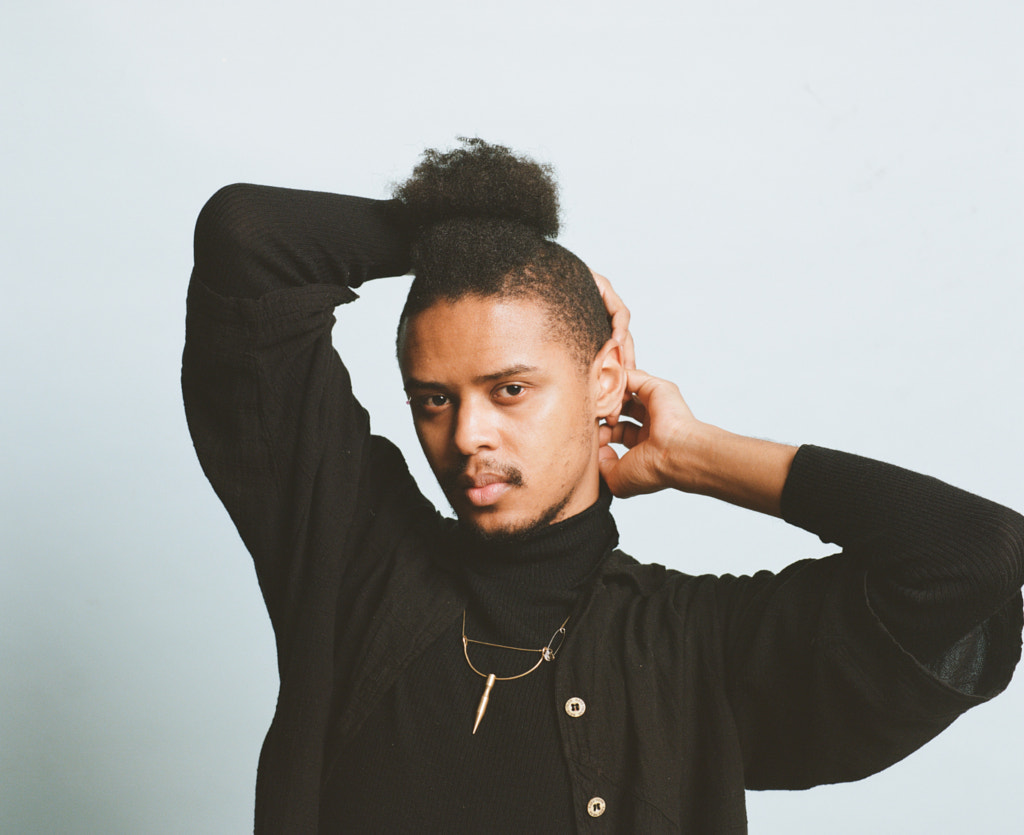
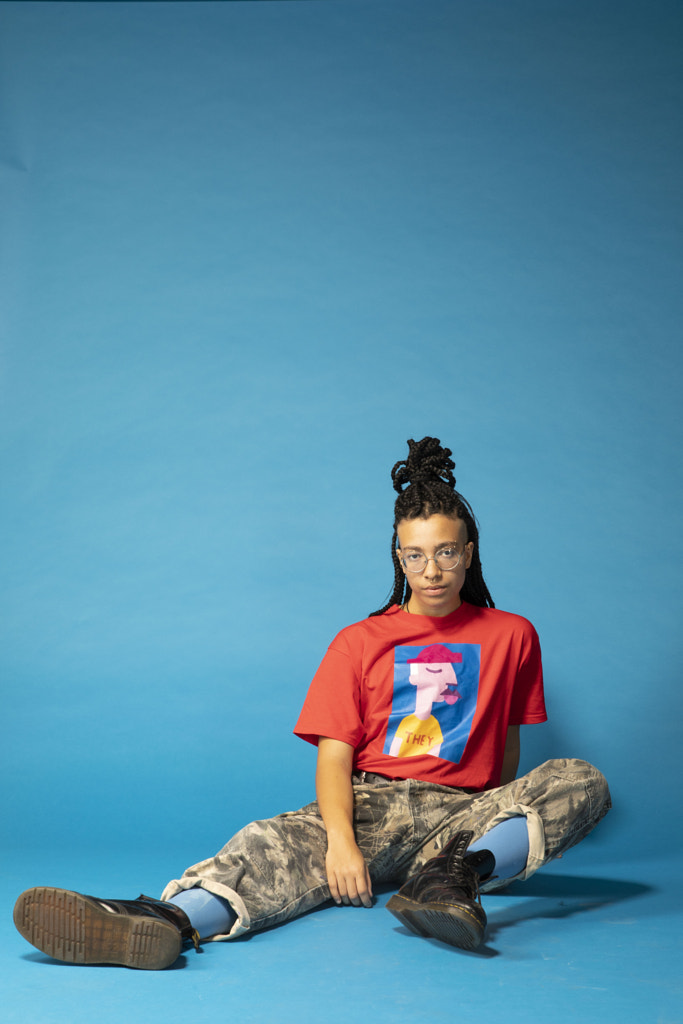
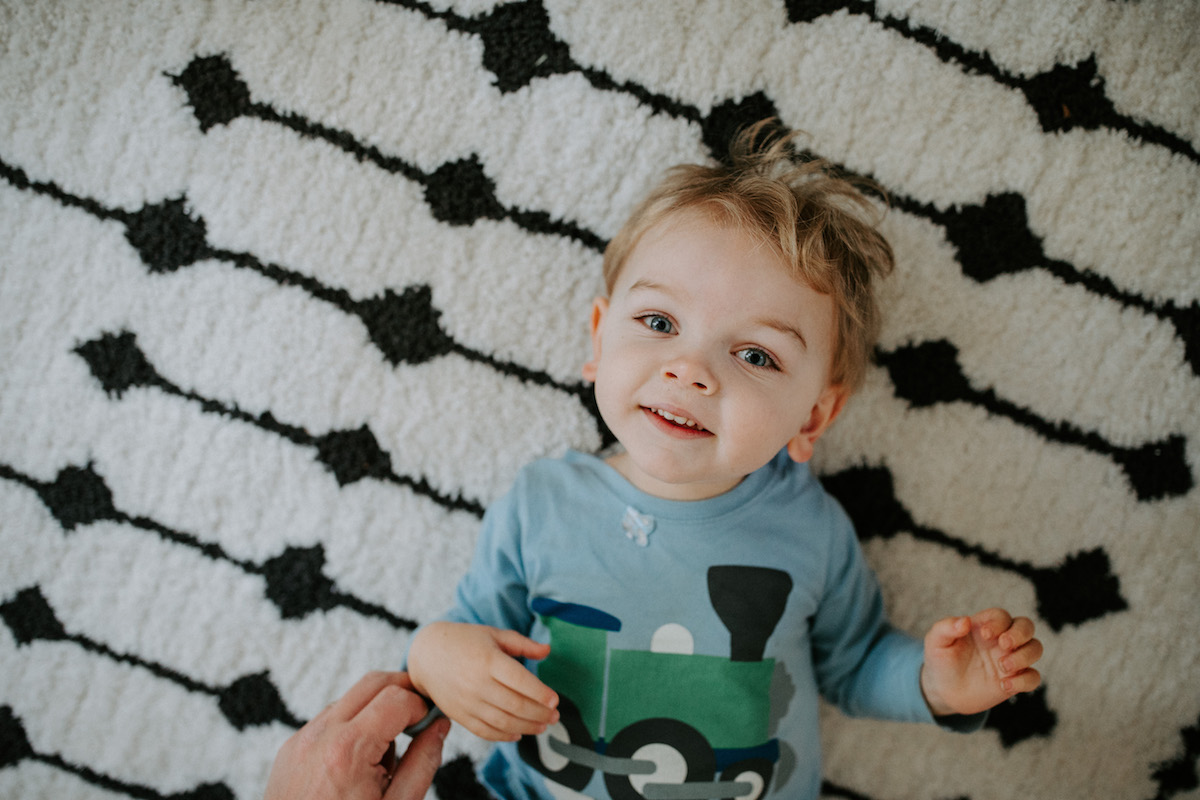


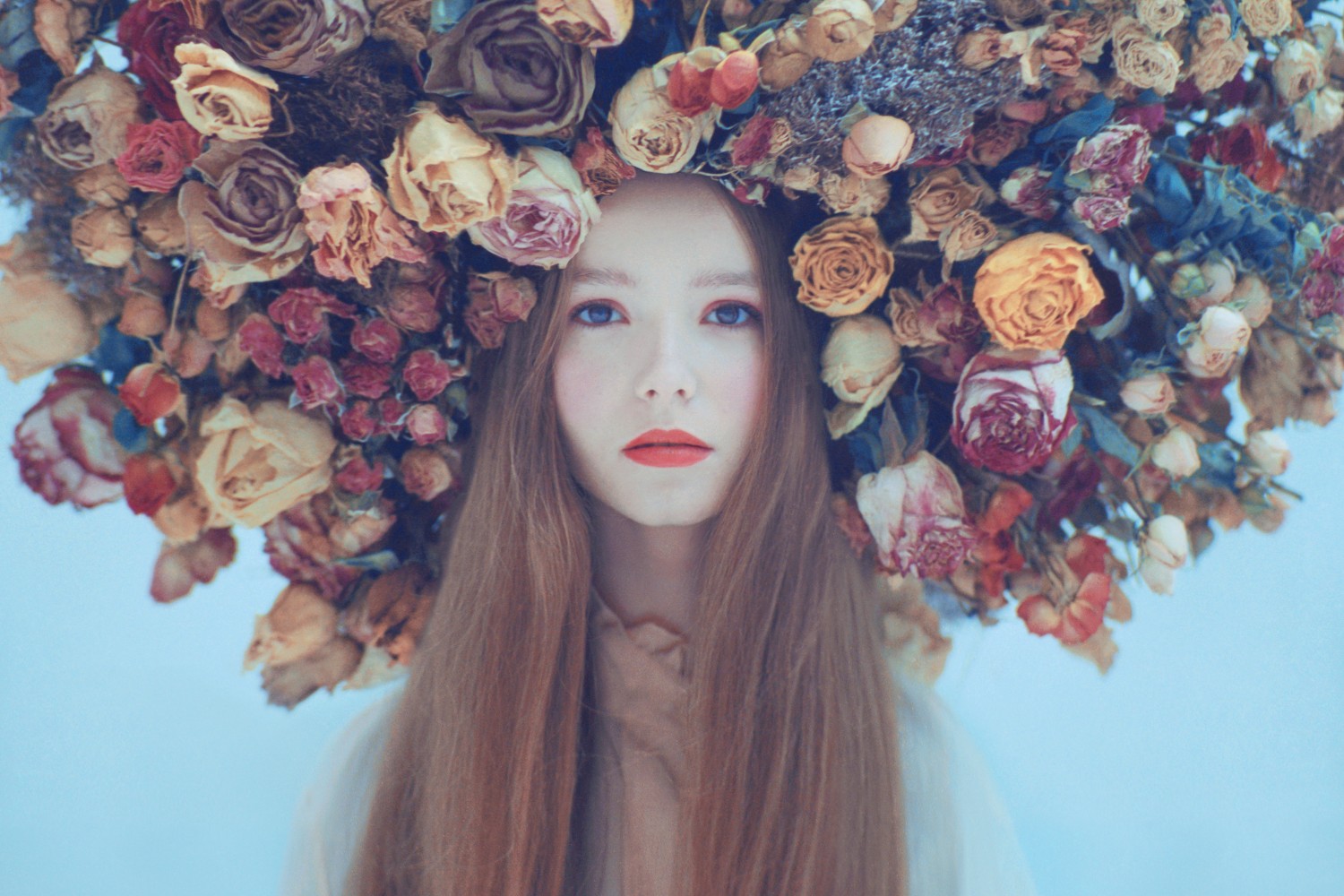

Leave a reply